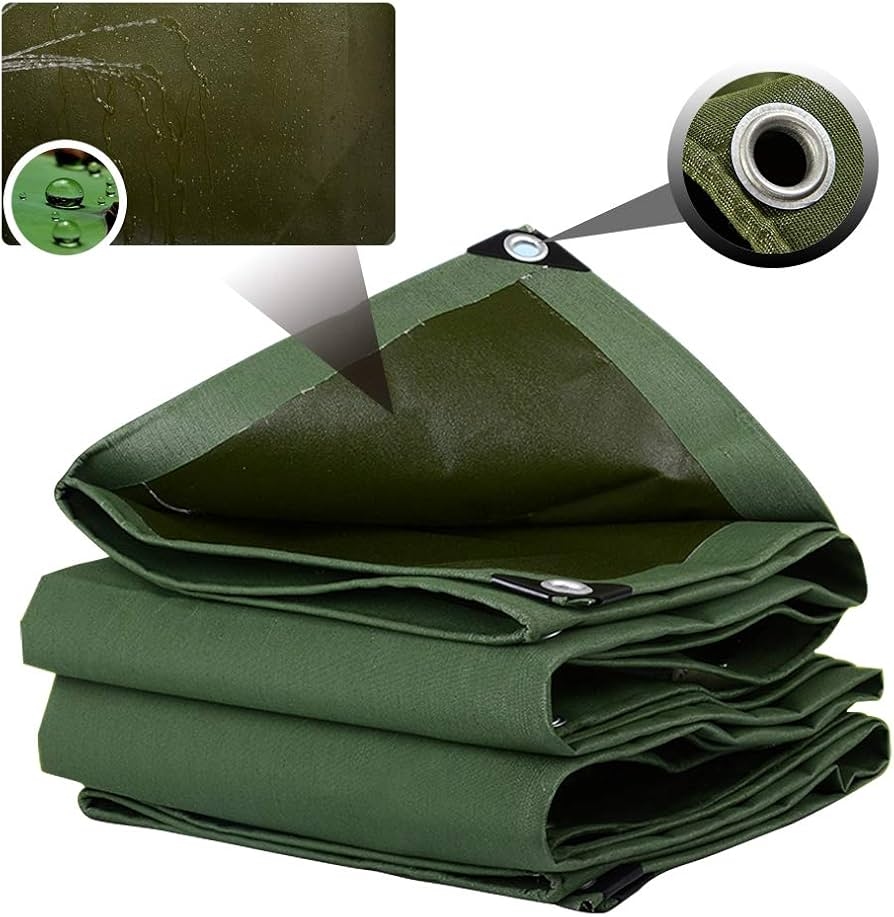Tarpaulin is a very flexible and long-lasting fabric that can be found in different regions around the globe. The waterproof material serves many functions and has become an integral part of various societies. The article below looks at how Tarpaulins are used in different communities in their daily lives and on special occasions.
Shelter and Housing
There are many developing nations where tarp is an especially important material for the creation of shelter. Small temporary field clinics and relief camps typically use tarpaulin coverings to assemble ad hoc homes. These buildings have dual purposes—they protect people from harsh weather and provide a feeling of seclusion to displaced individuals and families. For example, in the remote sections of the Southeast Asian country, the farmers use tarpaulin as the most basic construct of the shed during the harvesting season when they need to be near the field anyway.
Agricultural Applications
Farmers from various cultural backgrounds rely on the tarpaulin to do several. Agricultural activities. In India and other South Asian countries, big pieces of tarpaulin are used to wrap the crops during harvest, thus protecting them from sudden rains and moisture. Likewise, in nations like those in Latin America, coffee growers employ tarpaulin to ensure that their beans are properly dried so they are of high quality. It is because tarpaulin is water-resistant that it is a very useful thing to have in agriculture, since its waterproof nature assures the products’ longevity.
Festivals and Celebrations
A lot of cultures include the use of the tarpaulin in their celebrations. In Africa, in particular, colorful tarpaulin is used in constructing the setting for weddings and other social events. The resistance of the material and the speed with which it can be put up and taken down make it the best choice for outdoor functions. In countries like the Philippines, for instance, tarpaulin banners are a common sight in functions like birthdays, graduations, and other life events, with these banners becoming standard in the ceremonies of these people.
Disaster Relief
Tarpaulin is the lifeline in disaster-prone regions across the globe. The aid organizations dispatch the tarpaulin sheets to the affected victims of natural calamities like earthquakes, floods, and storms to provide immediate shelter to them. In Bangladesh, the country that is most susceptible to monsoons, the use of tarpaulins allows the community to be ready for and reduce the impacts of heavy rainfall and flooding.

Transportation and Logistics
The use of Canvas Tarpaulin for transportation and logistics is a common thing in many areas of the world. In countries with dense road networks, such as the United States and Australia, truck owners use heavyweight tarpaulins to shield and safeguard their goods while in transit. Over in the coastal areas in Southeast Asia, fishing communities are covering their boats with tarpaulins to protect them from being damaged by the sun, and then the boats will last longer.
Street Vending and Markets
Street sellers and vendors in different societies of the world make use of tarpaulin to reserve spaces and protect their goods. In the heat of the action, the colorful tarpaulins in Turkish and Moroccan markets create a welcoming and protective environment for both merchants and their customers. Likewise, in the Latin American countries, street food sellers can construct these food stalls using tarpaulin; it is plain, but it can be efficient to keep the food clean and safe from the bad weather.
Art and Expression
Artistic expressions on tarpaulin have been adopted by some cultures. Tarpaulin painting has become an expressive form of visual art in the Philippines, for example. Artists and activists use tarpaulin banners as a medium for creating big murals and public art that deal with social and political issues. What comes out of this application of the material is the flexibility of cultures that discover and reuse the daily materials for artistic purposes. Read This
Conclusion
The tarpaulin used in different cultures shows that its adaptability and significance in different spheres of daily life are indeed great. The tarpaulin is not only a means to survive but also to increase the quality of life for people who need it; hence, it has become a useful tool in many societies. With the change and amalgamations of cultures that are expected, it is very likely that new and innovative usages of the tarp will be discovered, adding to the position that the material already has in the fabric of global communities.
